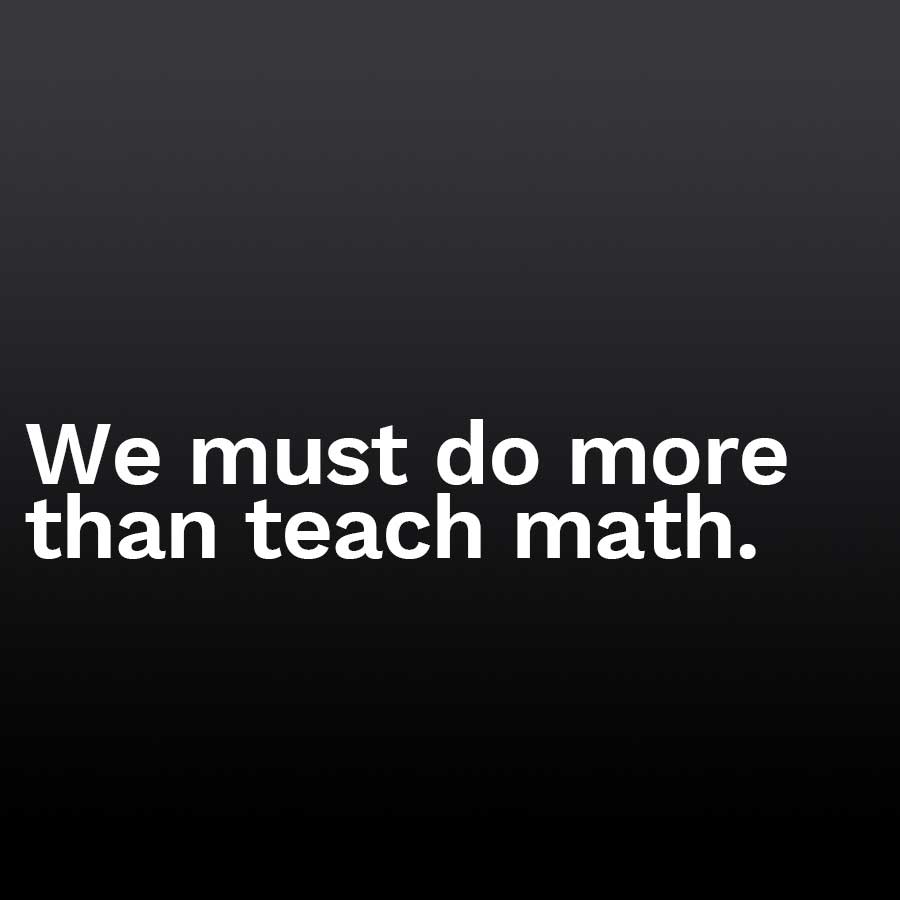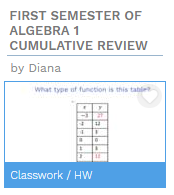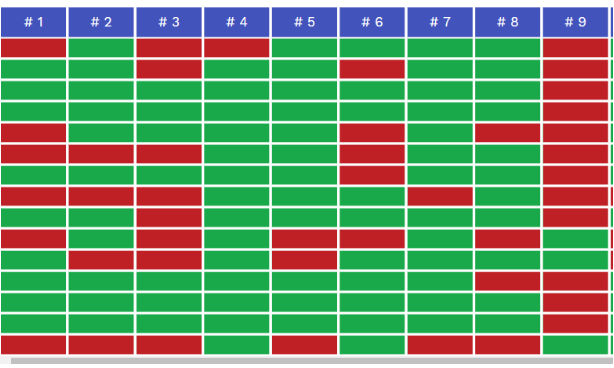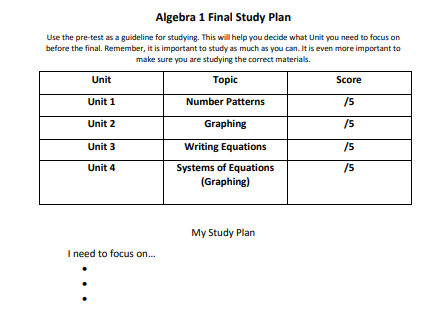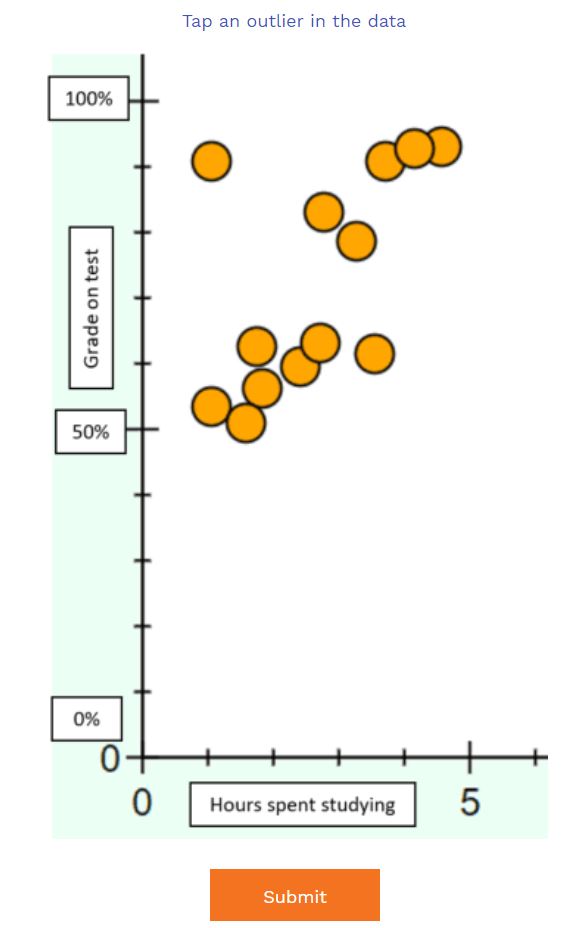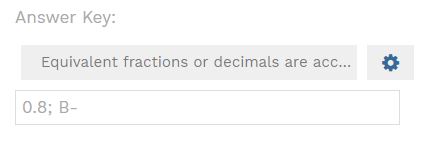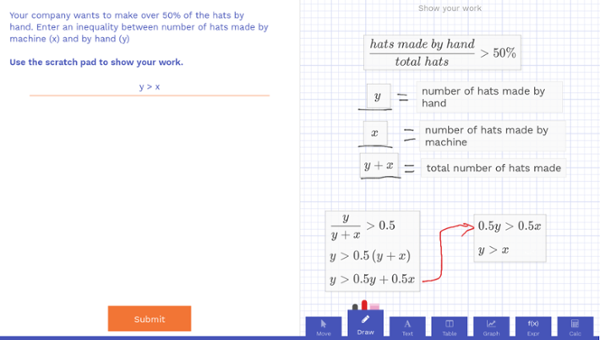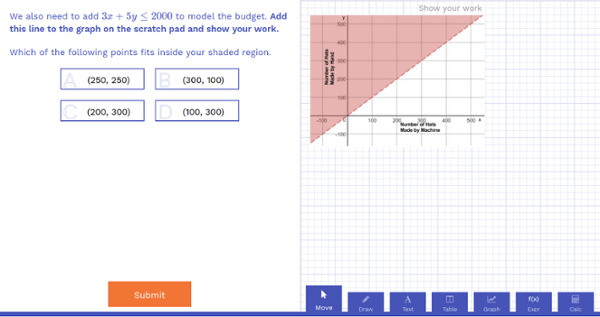It no longer feels okay to be silent. As I watch the events in Minneapolis, Louisville and Brunswick unfold, I am filled with sadness, anger, and an urgency to do more.
Dr. Robert Berry, someone I have long admired, a beloved education professor, a past president of NCTM, a Black man, recently posted:
"To my mathematics educators, We Teach More Than Mathematics. We must engage in anti-racist and trauma-informed education in our daily practices...BTW, I’m not OK."
At Woot Math, our work is focused on helping teachers ensure that all students have the math foundation they need to succeed. But Dr. Berry is right. We must do more than teach math. We must work to ensure that Black students have access not only to a safe and welcoming place to learn but also a safe and welcoming place to live.
The truth is they don’t. In our country, they never have. While we have repeatedly been shaken by the brutality captured on video, the reality is that for the Black community this is not new.
As we strive to figure out how to do more, we have begun by financially supporting the Center for Policing Equity (CPE), an organization at the forefront of addressing bias in policing. I greatly admire the work of Dr. Tracie Keesee, a remarkable leader, who is the co-founder of CPE, former Deputy of Training at NYPD, and a retired 25-year verteran of the Denver Police Department.
We also plan to read, listen, and learn from our Black colleagues, leaders, friends. We will identify ways that we can support and amplify their voice, their power. They are not alone. We stand and act in solidarity with them.
Krista Marks, CEO, Woot Math
June 3, 2020


